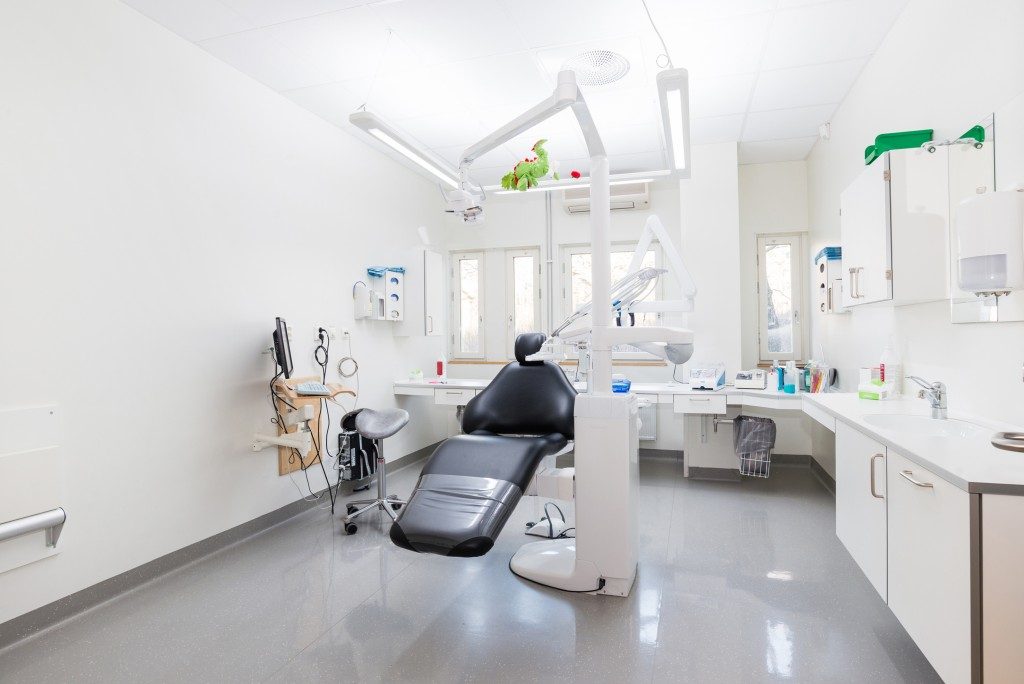PLDT and Globe Telecom teamed up with the goal of improving internet connectivity in the Philippines. However, they have not yet been able to significantly improve the country’s broadband service. Unfortunately, as no other competitor or player in the industry exists, the pair is not driven to achieve their goal at a fast rate. This leaves the public to stick with the inefficiency of broadband service in the country.
Kital, a telecommunications solutions provider, notes the importance of proper communication and collaboration for businesses and government agencies to succeed.
Technological Advances
Technological advancements mean that two separate wires no longer need to be installed to provide electrical and telecommunications services. Instead, a single line is sufficient to bring to provide both voice and data services to consumers. This works in the same way that fiber optic cables do.
Existing transmission infrastructure can be maximized to hold new electrical and telecommunication services of telecom companies. Essentially, these companies can have reduced operating costs because they do not have to put additional wiring structures. Consumers will also be provided with reduced cost of services.

That being said, the continued use of wires and lines for telecommunications is no longer a huge sign of technological advancement. In other countries, wireless and satellite-based technology is the norm for the telecommunications sector. However, the Philippine government remains unprepared with the funds to operate and to maintain necessary facilities and satellite transponders for this use.
As of now, the efficient use of telecommunications wiring is sufficient to improve broadband and communications efficiency in the country.
Luzon Bypass Infrastructure
The Philippines remains one of the slowest and most expensive markets for internet in the world.
The Department of Information and Communications Technology (DICT) is working with the Bases Conversion and Development Authority (BCDA) for the Luzon Bypass Infrastructure project. This project is set to build a high speed information highway to improve the speed, affordability, and accessibility of broadband internet in the Philippines.
This project will involve underwater cable systems to directly connect stations in Luzon to internet hubs located in the United States and Asia. It hopes to improve internet speed and increase internet availability and access. These plans include those to provide free Wi-Fi access in public places, as well as free and easy access to pages on government services for education and health.
Limitations Set by the Law
The Philippine government has set some limitations on the foreign ownership of public utilities. This may make foreign investors less inclined to enter the country and do business. Fewer players in the telecommunications’ industry means that existing large local companies continue to face no competitors and are not encouraged to improve their services at a quicker rate.
As this is a law set out by the government, the government itself is the only body with both the capability and the resources to present competition for these companies and prevent a monopoly of services. Consumers are left to make the most of inefficient services that require further technological advancement to match those presented by other countries.




